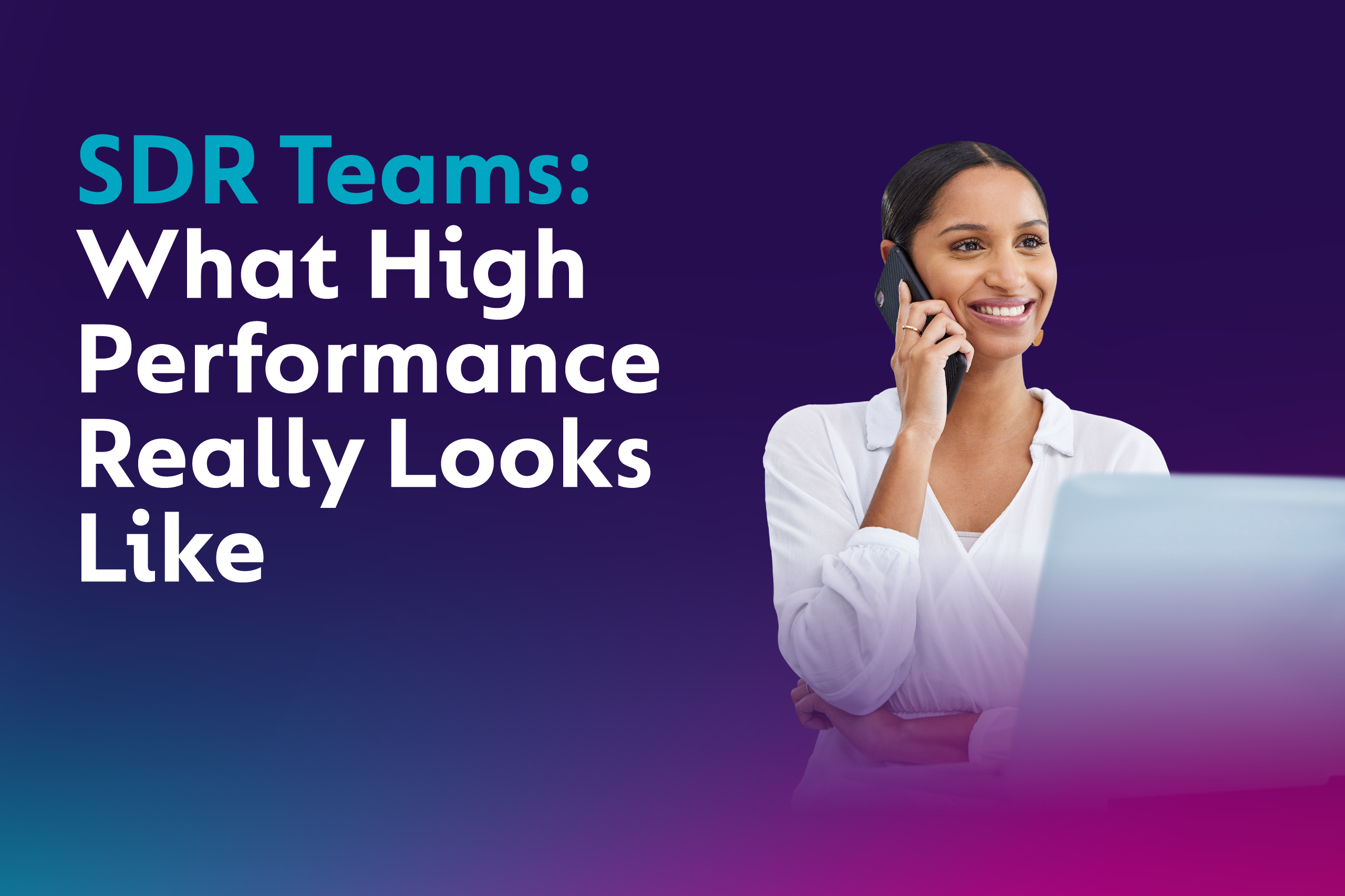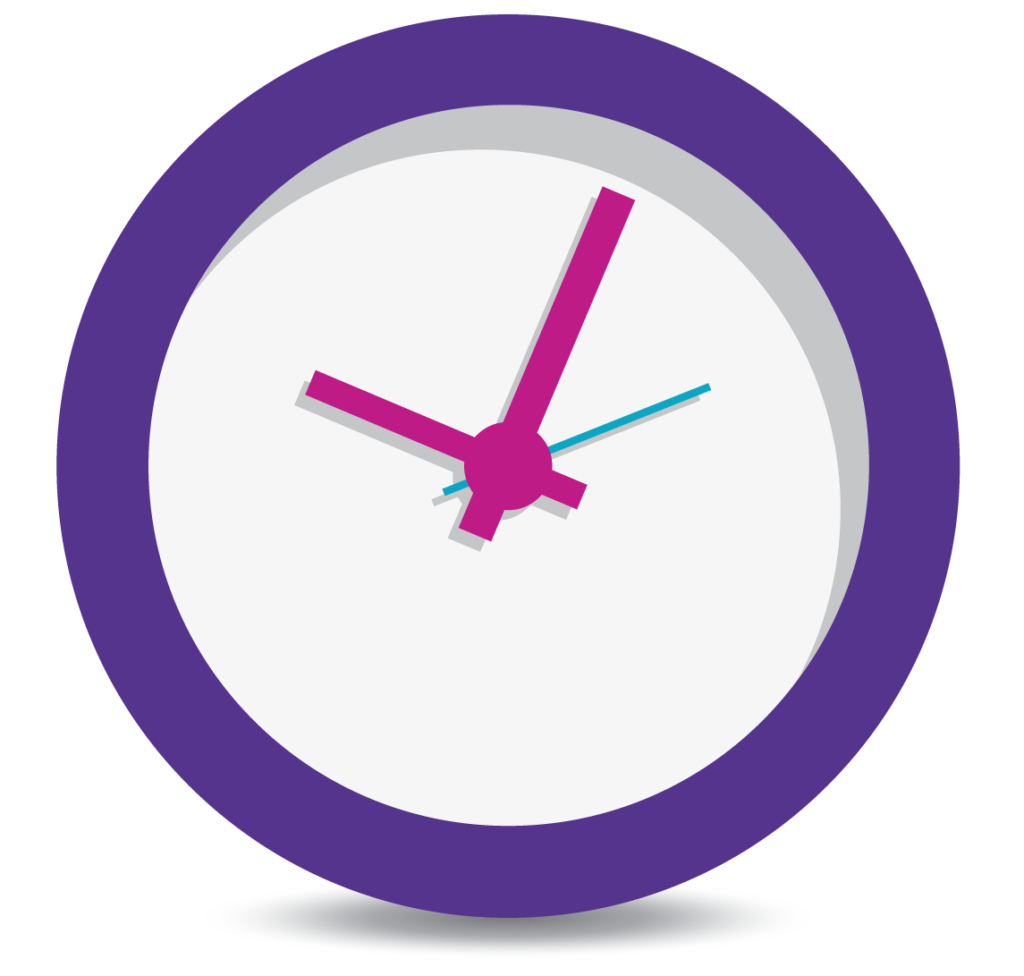SDR Teams: What High Performance Really Looks Like
Estimated reading time: 4 minutes
by

In the world of SDRs, understanding what distinguishes high-performing SDR teams from their peers is crucial. Drawing insights from Alex Moreau, our Sales Diagnostics Consultant, we uncover key factors from top performers and strategies to elevate overall team performance.
Call Activity: Quality and Quantity
How many calls should SDRs be making? The answer isn’t one size fits all. SDRs targeting high-value accounts typically make 30-50 calls per day, as these require more research and preparation.
On the other hand, in high-volume transactional sales, making 80-100 calls per day is common, with personalisation applied at scale, rather than on an individual basis.
The key is aligning call strategies with specific sales objectives and market dynamics.

Email Engagement: Targeted Personalisation
When it comes to email outreach, more isn’t always better – it’s about who you’re reaching and how. Surprisingly, high and low performers send nearly the same number of emails per month (809 vs 794 on average), but the real difference lies in engagement. Top performing SDRs get more replies (27 vs. 20), meaning their messages resonate more.
Interestingly, low performers personalise their emails more (17.3% vs 13.9%), yet they also see higher bounce rates (28.2% vs 26.5%). This suggests that personalisation alone isn’t the magic formula… Without precise targeting, it can lead to wasted effort.
The Secret?
Personalisation works best when paired with smart prospecting. Refine your targeting, keep your messaging relevant, and you’ll see better results.
Connection Rates: Strategic Outreach
SDRs hitting their targets generally show higher call activity and connections. It takes 123 calls for target achievers to meet their set KPI, whereas non-achievers require 54 calls for a single KPI outcome.
This indicates that high performers are more efficient in converting calls into outcomes, likely due to strategic targeting and effective outreach tactics. Coaching SDRs on qualifying leads effectively can significantly improve conversion rates.


Timing is Everything
When you call can be just as important as how often you call. Our findings show that:
- Calls are most effective between 8 AM and 12 PM, with the highest number of connections occurring at 10 AM, followed by 11 AM and 9 AM.
- Connection rates peak at 8 AM and 12 PM (both 8%) but decline significantly after lunchtime.
- Call duration drops after 12 PM, suggesting that conversations become shorter, possibly due to prospects being busier later in the day.
A quick tip? Make sure your SDRs prioritise their heaviest outreach in the morning to maximise their chances of getting a response. Afternoons can be spent on follow-ups, research, or refining outreach strategies.
Common SDR Drop-off Points and How to Fix Them
Not every lead will convert, but understanding where drop-offs happen can help you minimise wasted effort. Here are the common failure points:
- Outdated data: Leads with incorrect/outdated information are abandoned quickly (1.09 touchpoints on average). Using email validation and phone verification tools can reduce wasted outreach.
- Unqualified leads: Train SDRs to disqualify weak prospects faster.
- No clear opportunity: These leads take up significant time (7.13 touchpoints on average) before being dropped. Training to spot this earlier can save time.
Bounced emails: Poor data = poor results. Invest in data hygiene to improve outreach efficiency.
Takeaways: What Does Good Looks Like?

Call volume matters, but so does efficiency. High performers make more calls, but they also convert them more effectively. Aim for 50-80 calls per day in high volume sales, and 30-50 in enterprise sales.
- Morning outreach is key. SDR should make their most important calls between 8 AM and 12 PM when prospects are more likely to pick up.
- Focus on reaching the right people with relevant messaging.
- Use technology to cut out dead leads early. Validation tools can help SDRs focus their efforts on the best opportunities. – Another pro tip – HubSpot lead scoring, so that leads who are ICP fit are escalated/engaged.
Tailor coaching based on performance patterns. SDRs struggling with connection rates need better opening techniques, whilst those with low conversation to meeting ratios may need to refine their engagement strategies.
Our SDRs teams are built on smart strategies, data-driven decisions, and constant coaching, resulting in consistently hitting targets. Want to increase your pipeline and exceed targets? Let’s talk